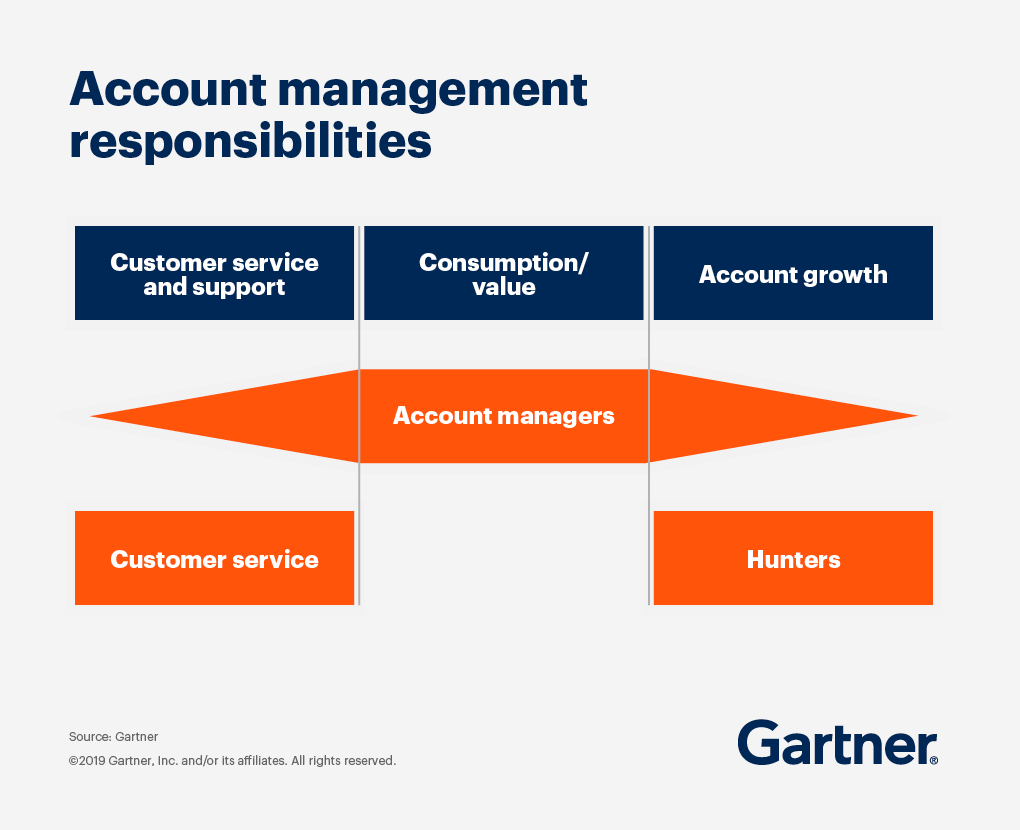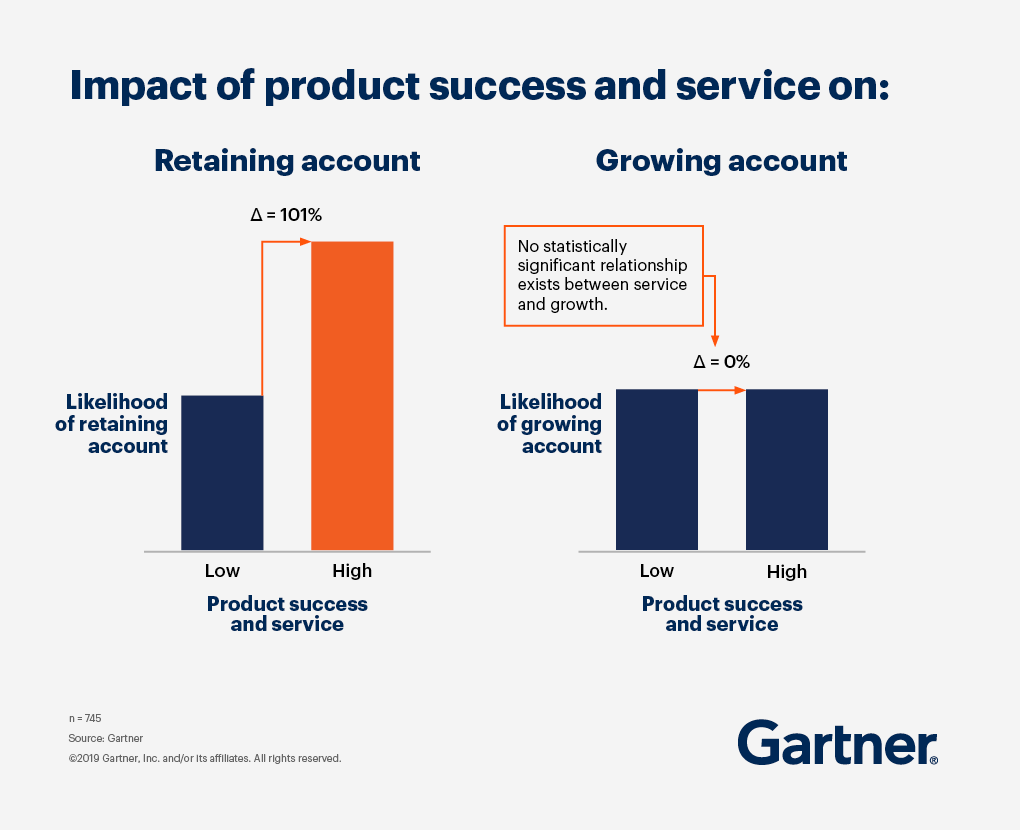What challenges were you facing that led you to seek support from Gartner?
When I first started looking at the Gartner resources, I was new in my role and had come into a company that was growing but perhaps not as strategically as they wanted to be.
What we knew is that we wanted to build a professional sales and marketing organization and we wanted to go looking for help and decided to partner specifically with Gartner for that assistance.
How did Gartner help you with this initiative?
One of the analysts helped us identify that we had a combined program for account management and sales and that the research had shown that they were, rightfully so, allocating all of their time to service and to retention and not enough time to growth. And so working with that analyst crew, we were able to go through a series of tools and actually reorg the department in order to build out a separate sales team, which led us to some really strong new growth numbers as well as retaining and growing the current clients.
Have you seen a return from working with Gartner?
Well, this year our sales growth is up 20 percent, so I certainly think that the changes in our organizational structure and the support that we got from Gartner is a part of that.
How does Gartner help you address your critical priorities?
One of my favorite resources through the Gartner relationships is actually the in-person meetings for the leadership groups. So getting to be in a room with 20 or 30 of my peers listening to the research and then talking that through with other individuals who are going through similar challenges is really valuable to me. And then following that up with the one-on-one interactions with the analysts and being able to ask questions and sift through the research individually has been tremendous at making sure that we could execute after the good ideas were surfaced in the room with the peers.










